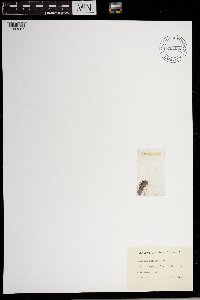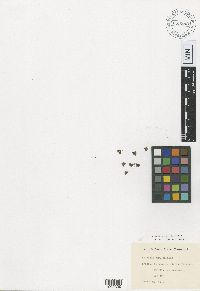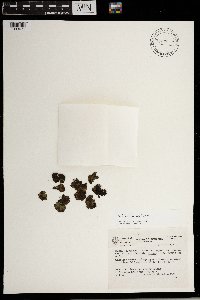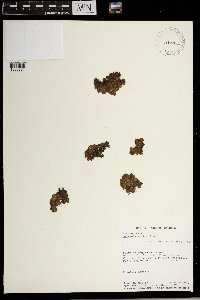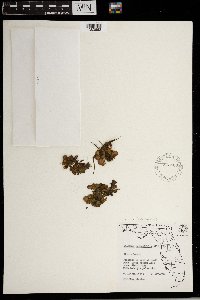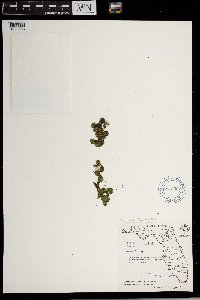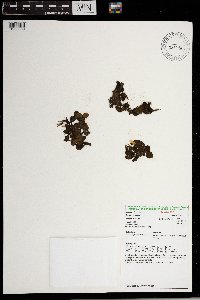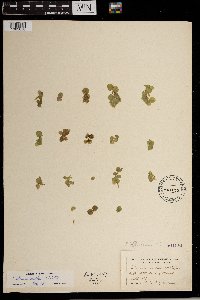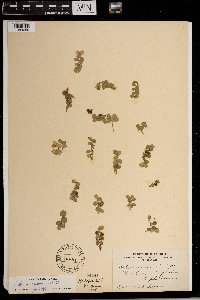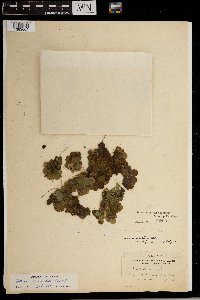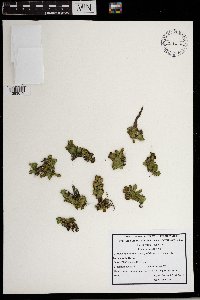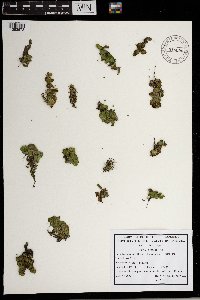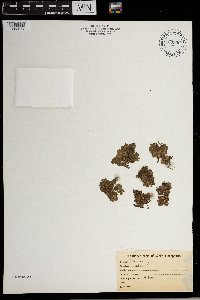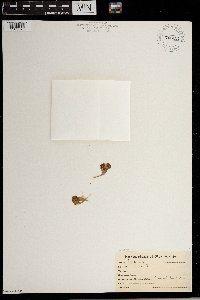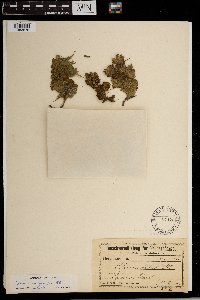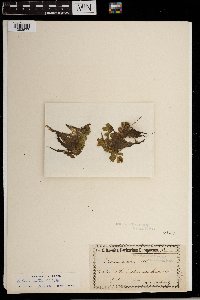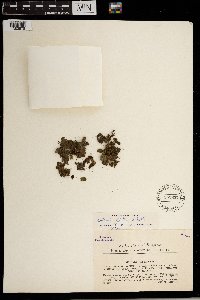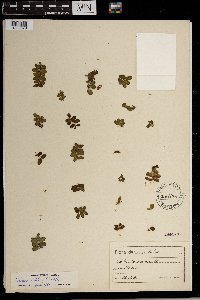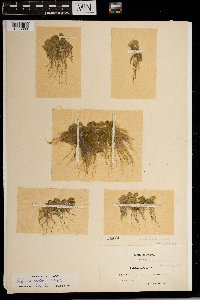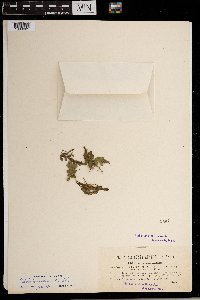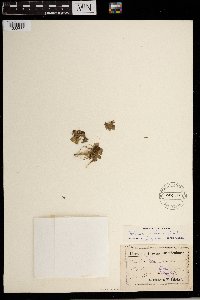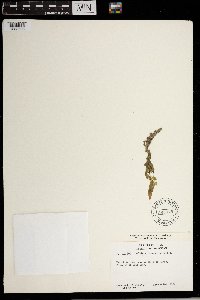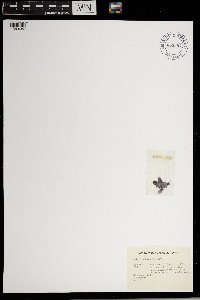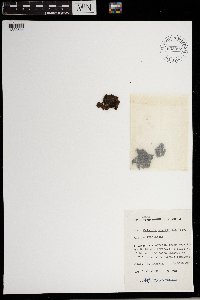University of Minnesota
http://www.umn.edu/
612-625-5000
http://www.umn.edu/
612-625-5000
Minnesota Biodiversity Atlas
Bell Museum
Dataset: MIN-Plants
Taxa: Salviniaceae
Search Criteria: excluding cultivated/captive occurrences
1
Page 1, records 1-25 of 25
Bell Museum plants | |
MIN:Plants | Salvinia cucullata Roxb. 653385[1002338]Wallich 3990000-00-00 India, Bengala; vicinity Calcutta |
MIN:Plants | Salvinia cucullata Roxb. 653386[1383687] |
MIN:Plants | Salvinia sprucei Kuhn 653382[1002339]Spruce, R. 16361851-06-00 Brazil, ad oram merid. flum. Amazonum ad oct. fl. Solimoes |
MIN:Plants | Salvinia sprucei Kuhn 504863[1383671] Colombia |
MIN:Plants | Salvinia minima Baker 499605[1383661] United States, Florida |
MIN:Plants | Salvinia minima Baker 573563[1383662] United States, Florida |
MIN:Plants | Salvinia minima Baker 619397[1383663] United States, Florida |
MIN:Plants | Salvinia minima Baker 472042[1383669] Peru |
MIN:Plants | Salvinia natans (L.) All. 261172[1383658] Cult. at the Univ. of Minn |
MIN:Plants | Salvinia natans (L.) All. 54441[1383659] Cultivated - Plant house. Univ.of Minn. |
MIN:Plants | Salvinia natans (L.) All. 54446[1383664] United States, New Hampshire |
MIN:Plants | Salvinia natans (L.) All. 263696[1383672] Poland |
MIN:Plants | Salvinia natans (L.) All. 918090[1383673] Poland |
MIN:Plants | Salvinia natans (L.) All. 763300[1383674] |
MIN:Plants | Salvinia natans (L.) All. 766191[1383675] |
MIN:Plants | Salvinia natans (L.) All. 54473[1383676] |
MIN:Plants | Salvinia natans (L.) All. 54475[1383677] |
MIN:Plants | Salvinia natans (L.) All. 552857[1383678] Czech Republic |
MIN:Plants | Salvinia natans (L.) All. 261173[1383679] |
MIN:Plants | Salvinia natans (L.) All. 54474[1383680] France |
MIN:Plants | Salvinia natans (L.) All. 54471[1383681] Austria |
MIN:Plants | Salvinia natans (L.) All. 74435[1383682] Germany |
MIN:Plants | Salvinia natans (L.) All. 595875[1383688] Iran, Islamic Republic of |
MIN:Plants | Salvinia hastata Desv. 653384[1383683] Malawi |
MIN:Plants | Salvinia nymphellula Desv. 653387[1383684] Ghana |
1
Page 1, records 1-25 of 25
Google Map
Google Maps is a web mapping service provided by Google that features a map that users can pan (by dragging the mouse) and zoom (by using the mouse wheel). Collection points are displayed as colored markers that when clicked on, displays the full information for that collection. When multiple species are queried (separated by semi-colons), different colored markers denote each individual species.

